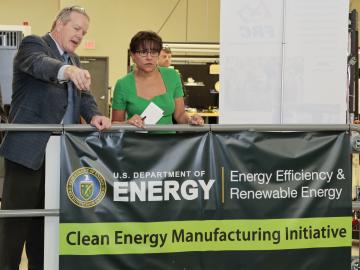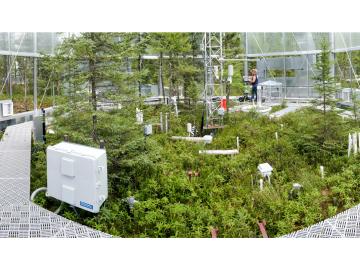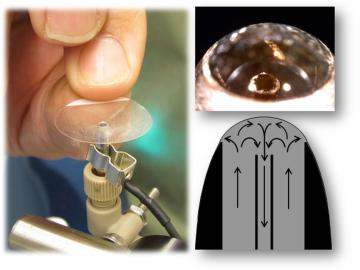
Filter News
Area of Research
- Advanced Manufacturing (6)
- Biological Systems (3)
- Biology and Environment (13)
- Building Technologies (2)
- Chemistry and Physics at Interfaces (3)
- Clean Energy (61)
- Computational Engineering (1)
- Computer Science (2)
- Energy Frontier Research Centers (4)
- Functional Materials for Energy (3)
- Fusion and Fission (6)
- Geographic Information Science and Technology (1)
- Isotope Development and Production (1)
- Isotopes (4)
- Materials (57)
- Materials for Computing (9)
- Materials Synthesis from Atoms to Systems (2)
- Materials Under Extremes (3)
- National Security (6)
- Neutron Science (23)
- Nuclear Science and Technology (8)
- Quantum Condensed Matter (1)
- Reactor Technology (1)
- Supercomputing (29)
- Transportation Systems (2)
News Type
Date
News Topics
- 3-D Printing/Advanced Manufacturing (21)
- Advanced Reactors (3)
- Artificial Intelligence (4)
- Big Data (1)
- Bioenergy (7)
- Biology (6)
- Biomedical (9)
- Biotechnology (2)
- Buildings (5)
- Chemical Sciences (7)
- Climate Change (5)
- Composites (4)
- Computer Science (21)
- Coronavirus (13)
- Critical Materials (5)
- Cybersecurity (4)
- Decarbonization (2)
- Energy Storage (16)
- Environment (11)
- Exascale Computing (1)
- Frontier (3)
- Fusion (6)
- Grid (4)
- High-Performance Computing (7)
- Isotopes (8)
- ITER (1)
- Machine Learning (4)
- Materials (12)
- Materials Science (26)
- Microscopy (7)
- Molten Salt (1)
- Nanotechnology (16)
- National Security (5)
- Neutron Science (21)
- Nuclear Energy (10)
- Physics (6)
- Polymers (7)
- Quantum Computing (3)
- Quantum Science (11)
- Security (2)
- Space Exploration (2)
- Summit (12)
- Sustainable Energy (17)
- Transformational Challenge Reactor (2)
- Transportation (9)
Media Contacts
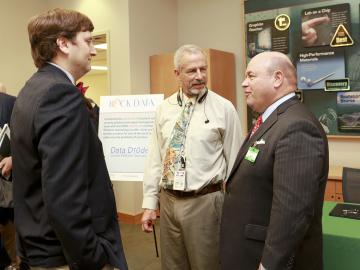
Lock Data Solutions has licensed a technology from the Department of Energy’s Oak Ridge National Laboratory designed to protect a company’s data from internal and external threats. Data Diode, developed by ORNL’s Lawrence MacIntyre and Nate Paul, uses a defense-...


A research demonstration unveiled today at the Department of Energy’s Oak Ridge National Laboratory combines clean energy technologies into a 3D-printed building and vehicle to showcase a new approach to energy use, storage and consumption. The Additive Manufactur...
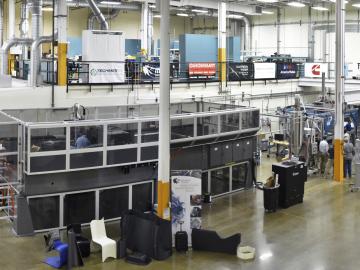
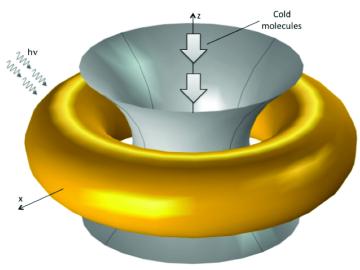
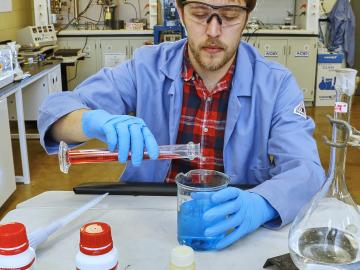
A catalyst being developed by researchers at the Department of Energy’s Oak Ridge National Laboratory could overcome one of the key obstacles still preventing automobile engines from running more cleanly and efficiently. The mixed oxide catalyst could solve the ...
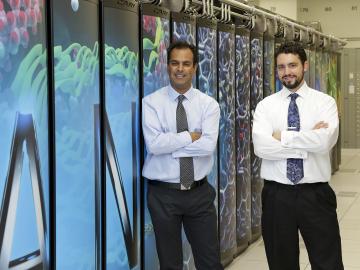
A set of automated calibration techniques for tuning residential and commercial building energy efficiency software models to match measured data is now available as an open source code. The Autotune code, developed at the Department of Energy's Oak Ridge National L...
